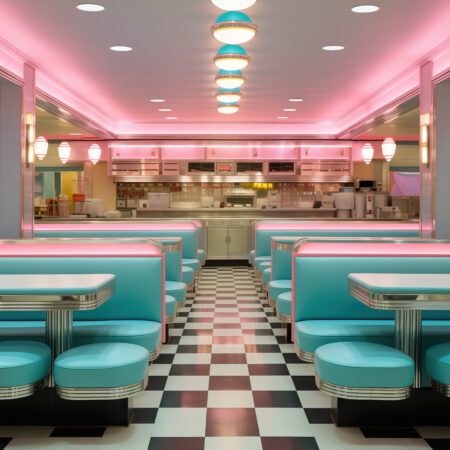Explore the psychology of casino design and its influence on gamblers. Learn about the techniques used to keep players engaged and maximize playing time.
Exploring the Psychology of Casino Design: How It Influences Gamblers
Have you ever wondered why casinos seem to be designed to keep you playing for hours on end? The answer lies in the fascinating world of casino design and its profound influence on gamblers’ psychology. In this article, we will explore the various techniques and strategies employed by casinos to manipulate the human mind and keep players engaged.
The Allure of Casino Environments
Step inside a casino, and you’ll be greeted by an atmosphere that is carefully crafted to entice and captivate. From the dazzling lights and stimulating sounds to the strategically placed slot machines and gaming tables, the entire casino environment is designed to create an ambiance of excitement and anticipation.
One of the first things you’ll notice in a casino is the absence of natural light and clocks. This deliberate design choice creates a sense of timelessness, making it easy for players to lose track of time and stay inside the casino for longer periods. Without access to external cues, players become engrossed in the gaming experience and are more likely to continue gambling.
The Power of Layout and Navigation
Casinos are designed with meticulous attention to detail, with an emphasis on keeping players engaged and moving throughout the gaming floor. The layout is carefully planned to entice players to explore different areas, with the most popular games strategically placed in high-traffic areas.
Slot machines, for example, are often positioned near entrances and aisles, where they are more visible and accessible. This placement encourages players to try their luck on the slots, as their bright lights and engaging sounds capture attention and curiosity.
Gaming tables, on the other hand, are typically located in central areas, surrounded by other gaming options. By placing tables in the middle of the action, casinos create an atmosphere of excitement and social interaction, making it more appealing for players to join the tables and participate in the games.
The Role of Colors and Lights
Color plays a vital role in casino design, as different hues can evoke different emotions and influence behavior. Casinos often employ vibrant, bright colors, such as reds, blues, and yellows, to create a high-energy environment and stimulate excitement.
Red, in particular, is believed to increase heart rate and blood pressure, leading to a heightened sense of arousal. It’s no wonder that many casinos utilize red in their decor and signage, as it helps create a sense of urgency and intensity.
Lights are another essential aspect of casino design. Flashing lights and colorful displays create visual interest and attract attention, making it difficult for players to look away. Combined with energetic music and sound effects, the combination of lights and sounds can be hypnotic, drawing players deeper into the gambling experience.
Creating Comfort and Convenience
In addition to sensory stimulation, casinos prioritize comfort and convenience to keep players engaged. The seating at slot machines and gaming tables is often designed to be comfortable, allowing players to relax and play for extended periods. Complimentary drinks and amenities further enhance the experience, ensuring that players feel valued and cared for throughout their stay.
Furthermore, casinos often implement strategic floor layouts and well-placed restrooms and food outlets to minimize distractions and maximize playing time. By providing easy access to essential services and amenities, casinos ensure that players can focus on their gambling activities without unnecessary disruptions or inconveniences.
Conclusion
Casino design is much more than aesthetic appeal – it’s a carefully calculated strategy to influence gamblers’ behavior and keep them playing. From the layout and navigation to the colors and lights, every aspect of casino design contributes to creating an immersive and captivating gambling experience.
By understanding the psychology behind casino design, players can approach gambling with a more aware and discerning perspective. While casinos will continue to employ these tactics to engage players, being aware of the subconscious influences can help individuals make more informed decisions and maintain control over their gambling habits.










